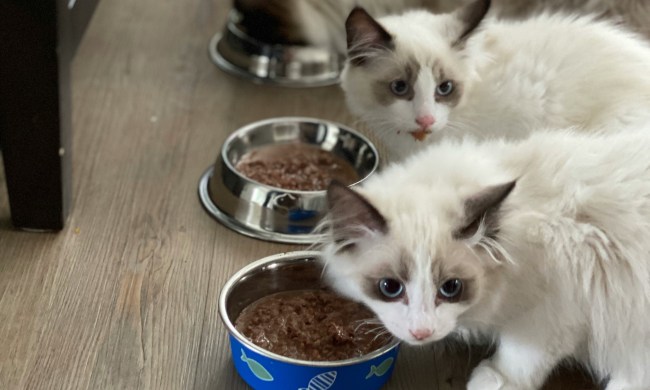When it comes to pet ownership, cleaning the cat’s litter box probably doesn’t top anyone’s list of favorite activities. However, regular checks into your kitty’s bathroom habits can tell you a lot about their day-to-day health.
Disposing of used cat litter gives you a heads-up to changes in your pet — changes like bloody stools that indicate something’s wrong. But is blood in cat stool always cause for concern? While blood is very alarming, don’t panic, as you might not need to rush your kitty to the vet just yet.
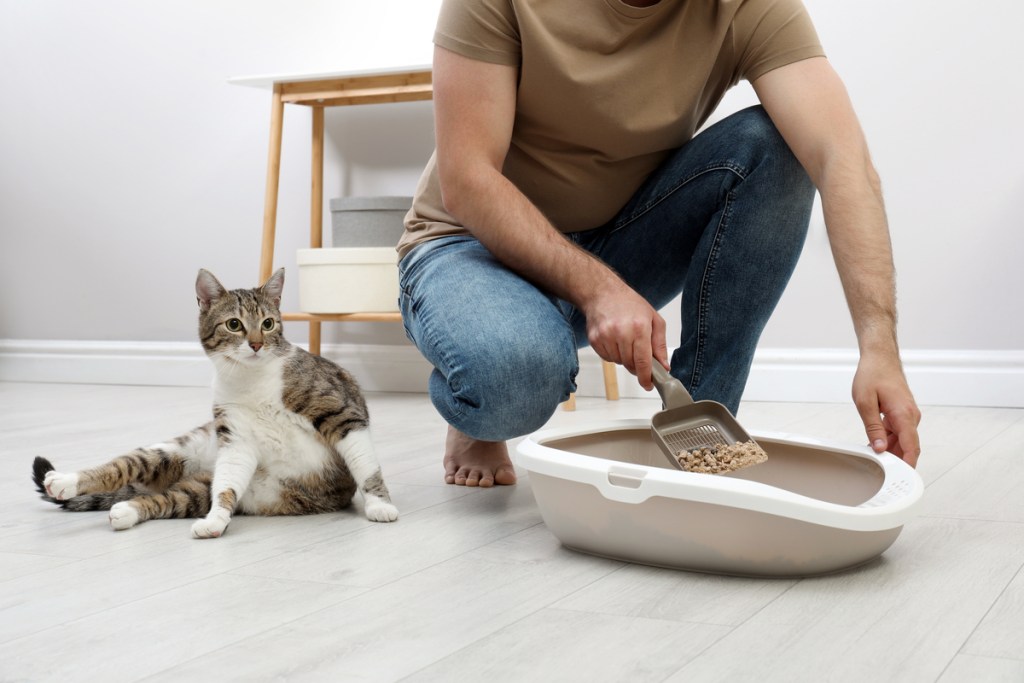
What does blood in my cat’s poop look like?
You might see two kinds of blood in your cat’s stool, and knowing which one you’re dealing with matters. That'll tell you where the problem comes from.
Bright red blood: Fresh blood is easy to recognize. It also localizes a potential issue to the lower gastrointestinal (GI) tract: the colon or rectum. Such blood is called *hematochezia.
Dark, tarry stool: Almost-black goo coating your cat’s stool doesn’t scream “blood,” but it tells you something’s changed. This results from digested blood, and it means you’re dealing with the upper GI tract: the stomach or small intestine. This blood is known as melena.
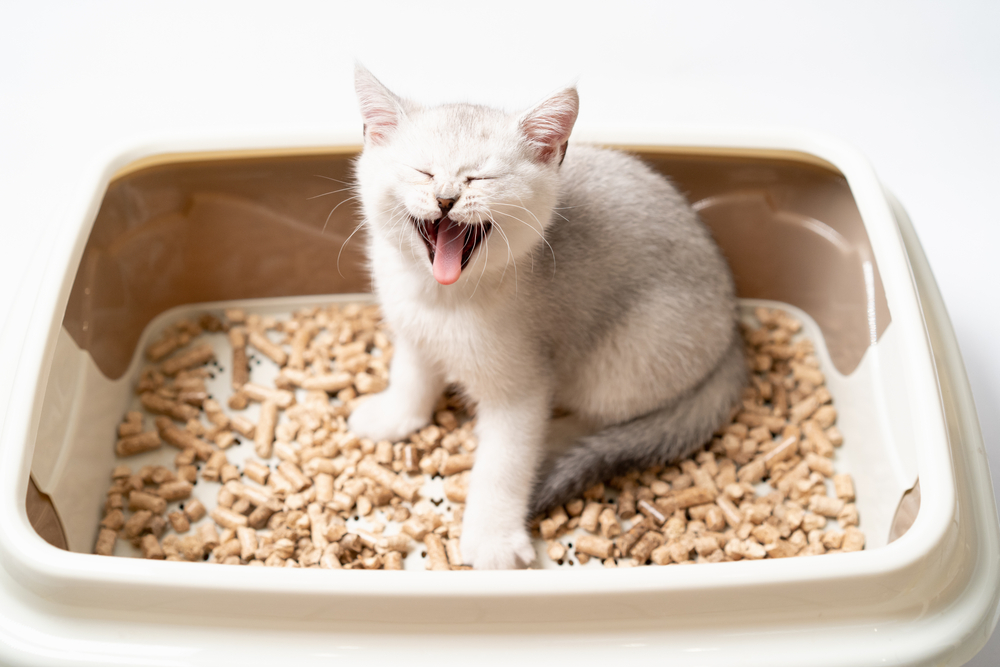
Why does my cat have bloody stools?
Cats can develop bloody stools for a variety of reasons. Paying attention to the litter box will help you determine whether the problem is mild or severe. So, while your cat may wonder why you’re studying their poop, you’re doing them a big favor.
When you see a few drops of fresh blood, check your cat’s rear end first. The blood may not be coming from their GI tract after all. You may find trauma or abscesses around the rectum instead. These will require veterinary attention.
Sources of hematochezia
If your kitty’s bum checks out, but you’re noting red on your cat’s stool, it’s time to consider potential issues in the lower end of the GI tract. These include:
- Infection
- Inflammation
- Megacolon (a condition many cats are prone to)
- Parasites
- Polyps (which are benign)
Diarrhea often leads to irritation and inflammation of the colon. This can cause blood in your cat’s stools and the scary sight of your cat’s bloody diarrhea. On the flip side, the straining associated with constipation often results in ruptured blood vessels in the GI tract’s lining. Your poor cat then produces tiny, hard stools with blood.
Sources of melena
When those black, tarry stools appear, you may miss the first signs. Fresh blood is much easier to notice (and causes more alarm). However, melena is abnormal and requires your attention. Potential sources include:
- Infection (yup, again)
- Inflammatory bowel disease
- Foreign bodies
- Gastric ulcers
- Stomach or intestinal cancer
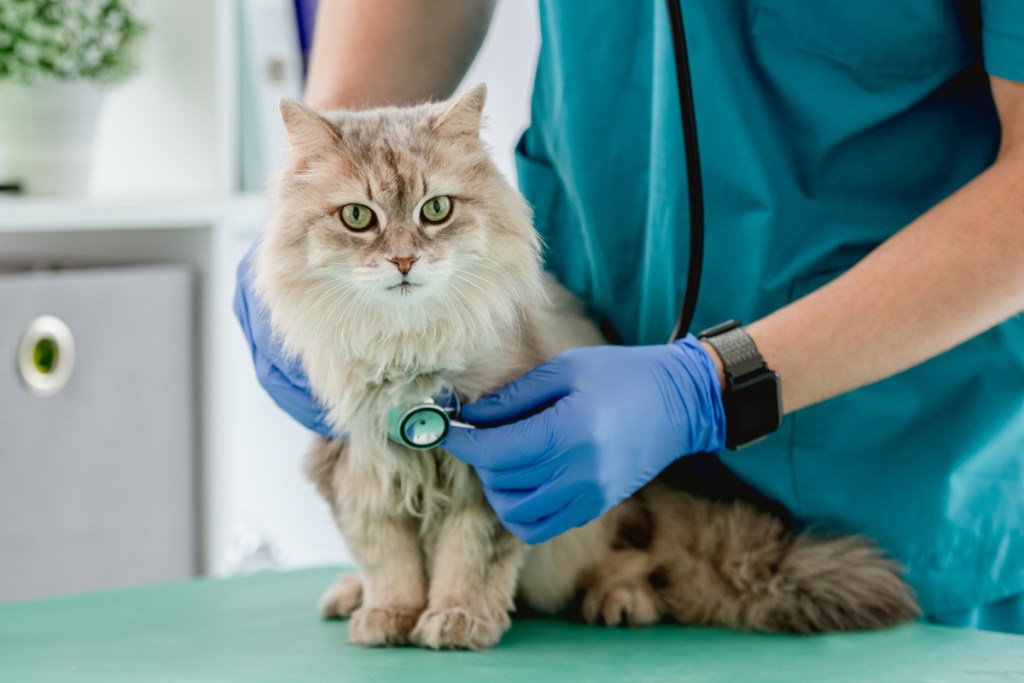
Is blood in cat stool an emergency?
It might be, which is why we encourage checking it as you clean the box each day. Specifically, while less surprising, the tarry consistency actually indicates a deeper issue than a few drops of blood. Remember bright red blood can simply mean your cat has a cut or other issue in the general area. Digested blood, on the other hand, could mean a blockage, food intolerance, or inflammatory bowel disease. If you have no idea how it got there, you should reach out to your vet immediately. You might also need to bring in a stool sample for further testing (intestinal parasites can cause bloody poop as well and will show up on a basic screen).
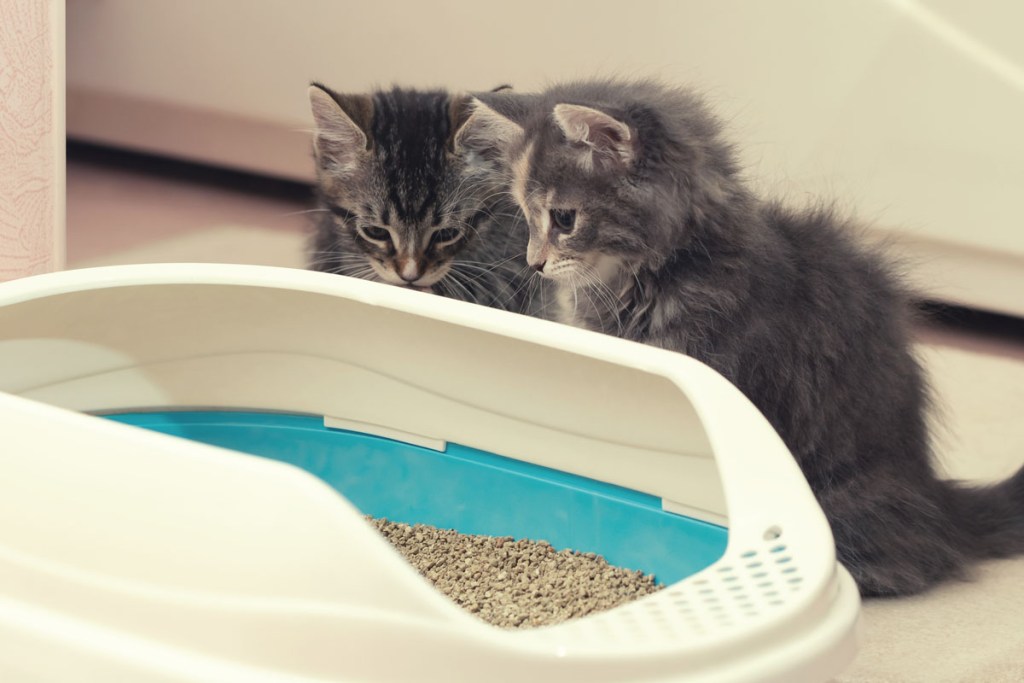
What should I do if I see blood in my cat’s stool?
If you see blood in your cat’s stools for more than a few days, no matter what it looks like, it’s time to make a vet appointment. And if the amount of blood increases, or your cat is acting sick, make that appointment ASAP. Cats naturally hide signs they aren’t feeling well, so there’s a big problem if you see warnings. You don’t want to waste time with home remedies.
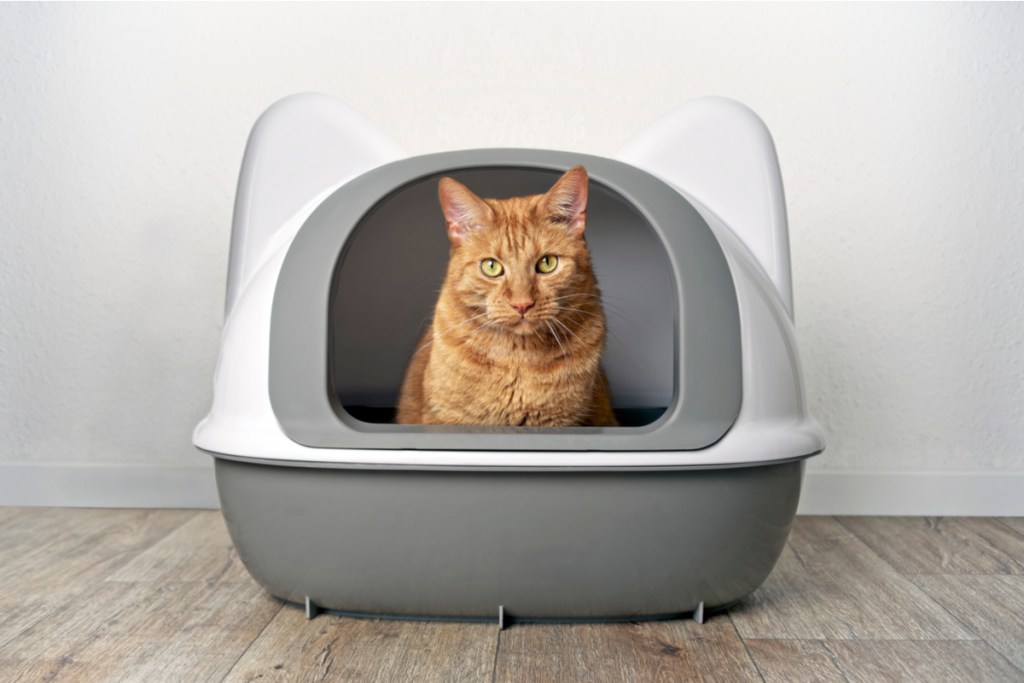
How do I take care of my cat at home?
While seeing blood will get your heart racing and prompt panic, you do have some treatment options to try. If your cat is behaving normally, eating without a problem, and not vomiting, you don’t need to rush to the ER just yet. A few drops of blood isn’t cause for panic — just concern.
After all, stress can cause inflammation to crop up and give your cat’s GI tract a wobble. So can an accidental ingestion of a new food (say, a ladybug?). So, following these steps and monitoring the response isn’t unreasonable.
Step 1: Hydrate, hydrate, hydrate.
If your cat has diarrhea or shows signs of constipation, their body is craving water. Providing as much liquid as possible will help. Set out extra water bowls, splurge on a water fountain, or make a switch from dry food to canned food. Most cats don’t get enough fluid in their day-to-day intake anyway, so providing a bit more goes a long way.
Step 2: Provide dietary assistance.
Sometimes, your cat needs a GI reset. The bloody stools you’re seeing represent inflammation in the system. An over-the-counter probiotic can help kick out unwanted bacterial overgrowth, allowing healthy bacteria to settle back in. Most cat probiotics mix into canned foods, and cats usually love the flavor.
Are you seeing signs of constipation? A teaspoon of pumpkin mixed into your cat’s food will provide the fiber their GI tract needs. Sure, cats are carnivores, but they don’t mind that little bit of fruit. Just skip pumpkin pie filling: Those spices will worsen GI upset.
Step 3: Make sure your cat is getting enough rest.
Also, review any recent changes in the household. Did the bloody stools appear in the litter box after a new addition? Has your cat shown other signs of stress? You may need to provide some calming time to help your feline’s system wind down.
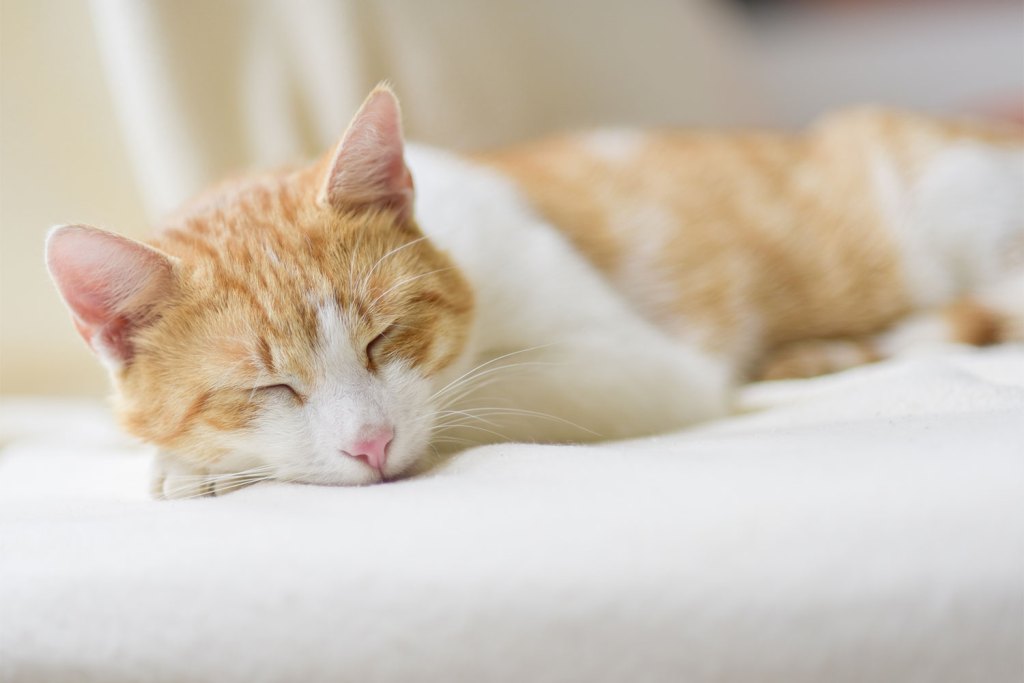
Sure, it seems silly to scope out your cat’s litter box, but there’s a lot of information in your cat’s stools. You may find warning signs of a brewing problem. And while bloody cat stools are frightening, they don't always signal a serious issue. Keep an eye on your cat first — before you hit the panic button. But if you do suspect that something is wrong, always reach out to your veterinarian right away.


